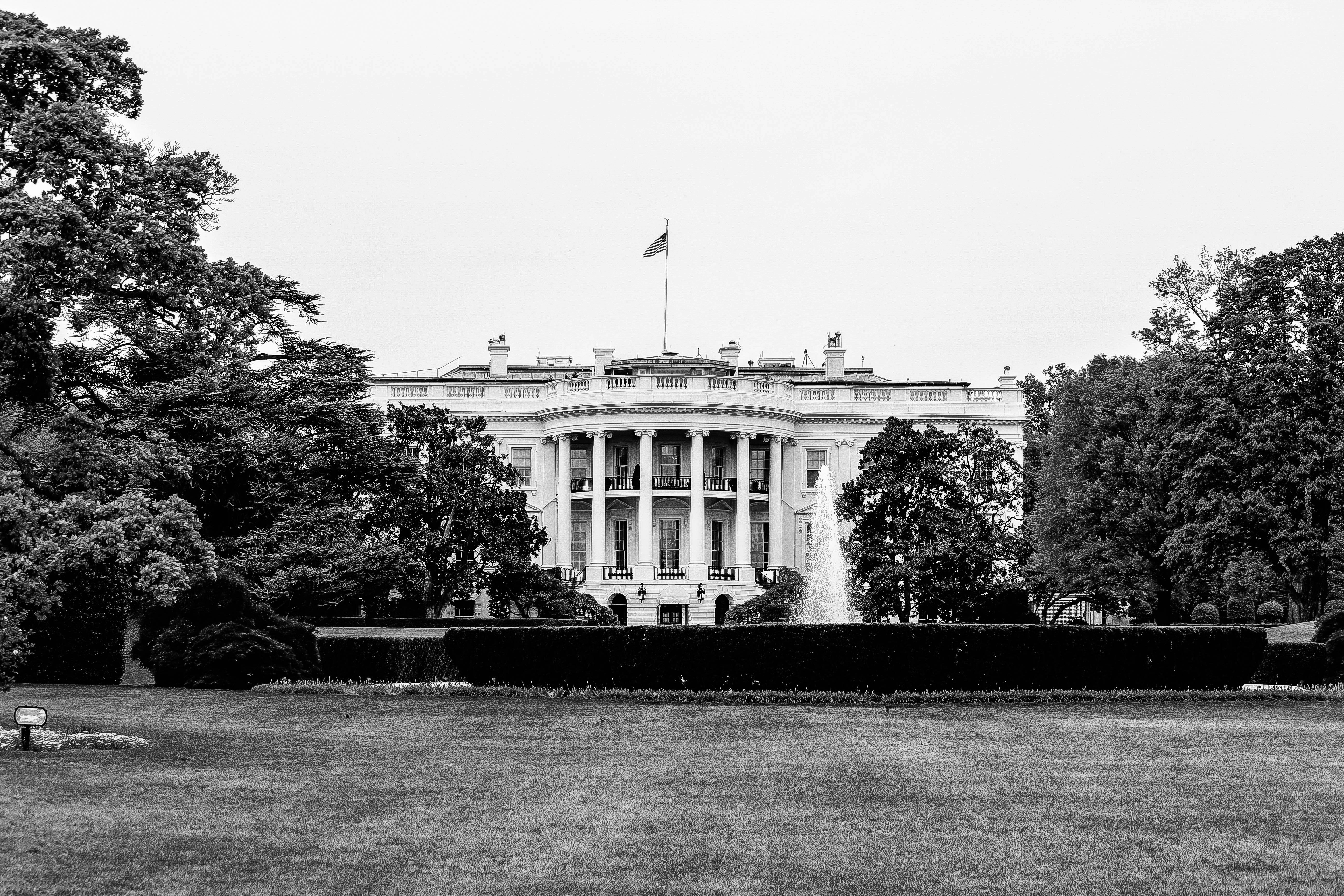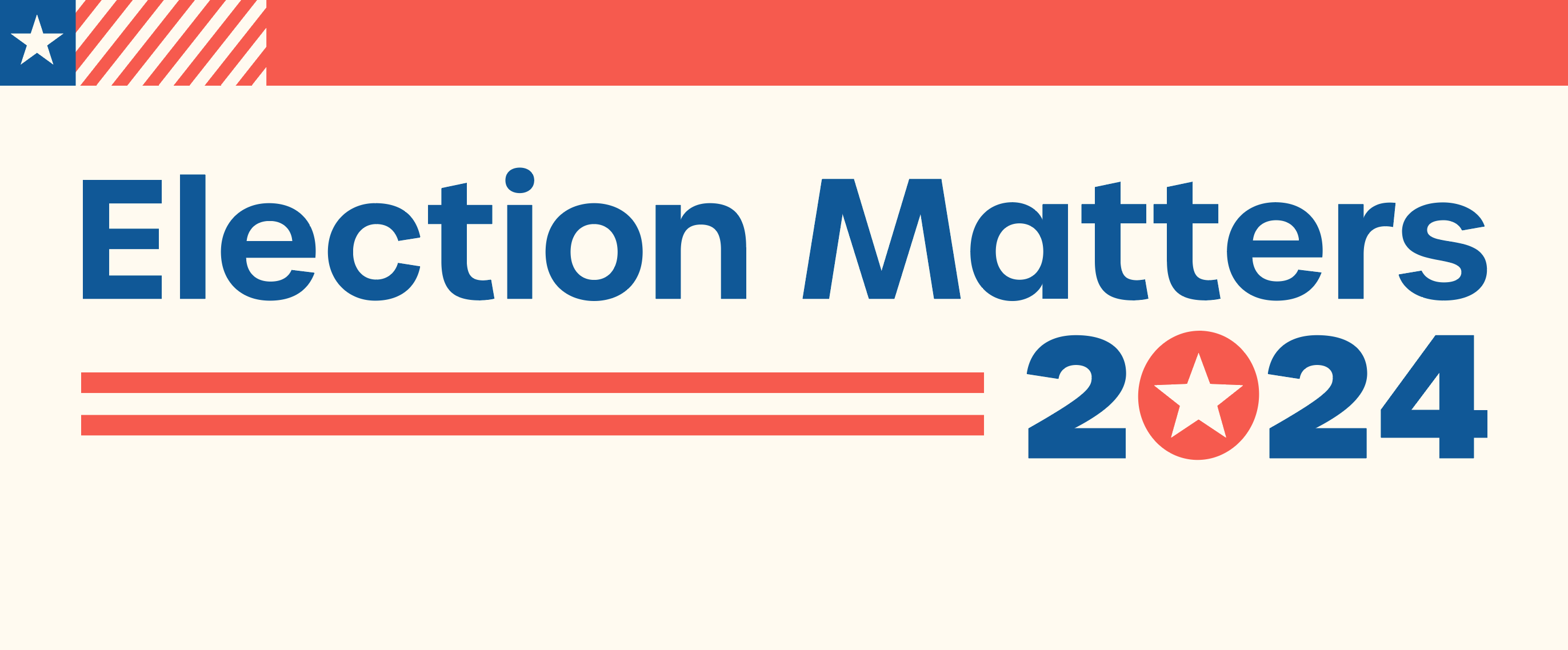
Sign up for Powell Tate Insights for monthly fresh takes on disruptions, innovations and impact in public affairs.
Welcome to Election Matters – a special, elections-focused edition of Policy Matters. This edition of Election Matters focuses on what happens after the polls close on Election Day, specifically the timeline of events, new laws that change the way the election can be contested and the major scenarios for which the presidential candidates, political parties and government are preparing.

The Electoral College is the process by which the United States elects the President. Victory for the presidency requires 270 electoral votes. A president can be elected with the right combination of states in the Electoral College without winning the popular vote. If no candidate receives a majority of electoral votes, the presidential election leaves the Electoral College process and moves to Congress.
On Election Day, polls will close at rolling times in accordance with state law, commencing the Electoral College process:
Following the attack on the Capitol that disrupted the Electoral College certification on January 6, 2021, Congress passed the bipartisan Electoral Count Reform and Presidential Transition Improvement Act – new rules to further clarify the election certification process with the goal of preventing future attempts to overturn presidential election results. The law:
While these reforms represent a significant step toward protecting the integrity of future elections, challenges to democracy remain, particularly as disputes over voter rolls and election outcomes up and down ballot continue to arise. States have pursued significant election-related legislation since 2020 – as many of 6,450 bills have been introduced to make changes, big and small, to voting processes – with hundreds of laws enacted, including in several key swing states.
If Vice President Kamala Harris is declared the winner, it is highly likely former President Trump refuses to concede regardless of how close the election may or may not be. Trump never conceded the race in 2020. He and his allies have continued to question American election integrity through lawsuits, conspiracy theories and rhetoric, precipitating instances of protest and violence. He recently warned consequences for lawyers, donors and election officials involved in “unscrupulous behavior” in the 2024 election.
Heading into the 2024 Election, each campaign has hundreds of lawyers on standby to file and counter legal challenges. This summer, the Republican National Committee (RNC) launched an “election integrity” effort in swing states, aiming to deploy thousands of polling place monitors, poll workers and lawyers to prevent “cheating.” In Georgia, the state’s five-member election board passed new rules this summer that could introduce opportunities for contesting election results in this key swing state. Many jurisdictions have implemented new measures designed to fight mistrust and mitigate voters’ concerns about “rigged” elections through greater transparency.
On the Democratic side, earlier this year, some Democrats suggested they might challenge a Trump victory during the electoral certification process, arguing that he is disqualified under the 14th Amendment’s so-called “Insurrection Clause.” However, congressional Democrats have since indicated they would not pursue such an action, particularly following a Supreme Court ruling.
The presidential election may involve a variety of scenarios in which the outcome is contested:
Primary scenarios
Secondary scenarios
Organizations should prepare for these scenarios and brace for other possibilities. The Weber Shandwick Collective’s Elections Task Force hosts workshops with clients to map out their plans of response for both internal and external communications.
Sign up for Powell Tate Insights for monthly fresh takes on disruptions, innovations and impact in public affairs.